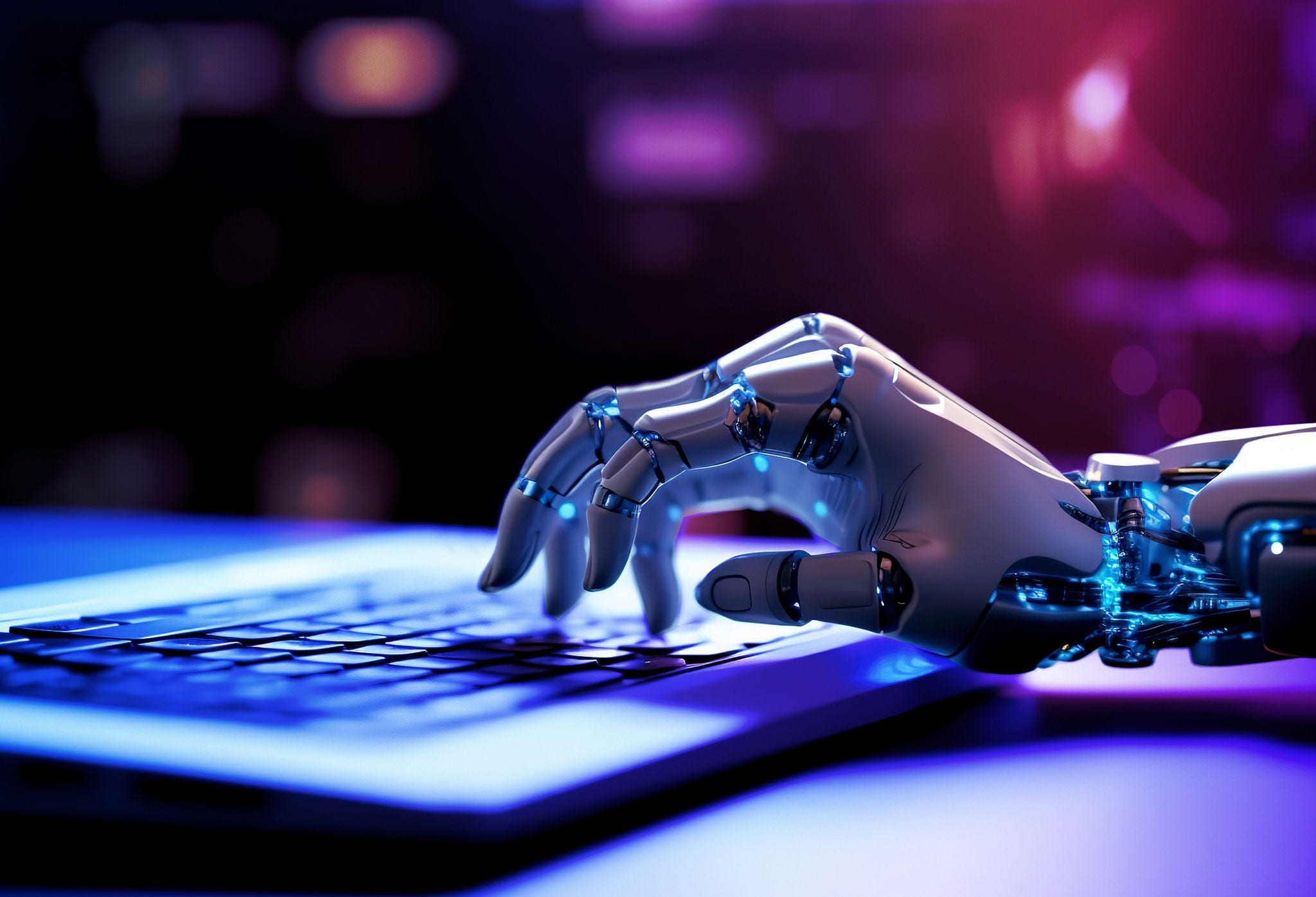With AI’s march into every facet of the workplace, organizations are today at the crossroads of innovation and tradition. AI is revolutionizing how businesses operate. From automating processes to delivering faster data analysis, improving customer service, and enabling seamless collaboration across teams, AI's potential is vast. It’s driving productivity like never before, transforming industries, and setting the stage for a future where AI plays a role at every desk and in every organization.
The allure of AI in leadership is undeniable. With entities like the UAE's IHC are now appointing an AI-powered observer, Aiden Insight, to its board, this trend highlights how AI is capable not only of providing insights but also taking independent actions and ramping up productivity in unprecedented ways. The evolution of AI from insight provider to action taker is redefining what’s possible, empowering systems to not just inform but transform. While we embrace this wave of innovation, it's important to recognize that humans operate within a natural cycle of work and rest, while AI can work tirelessly without such constraints. AI’s ability to process vast amounts of data quickly and efficiently can significantly enhance human capabilities, allowing leaders to focus on higher-level tasks. However, this dynamic also presents new challenges.



